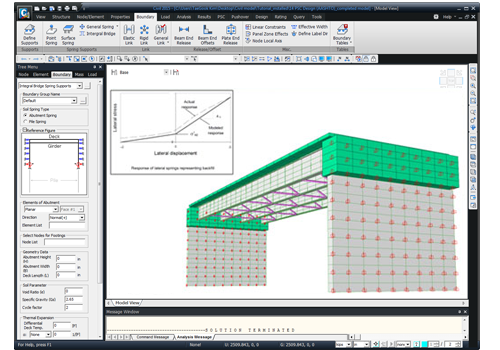

the train speed that creates a resonant-like problem (Alves Costa et al. 2018) and raising the risks of train operation, especially at the critical velocity, i.e.

The dynamic loads of HSTs, as well as heavy axle loads, produce higher stresses in the railway track substructure layers, causing excessive deformations (Xu et al. To run HSTs, new challenges and problems related to the performance of rail track foundations arise, primarily due to the significant amplification effects of the track–ground vibrations. In recent years, modern high-speed trains (HSTs) have become the most popular means of public transportation in many countries around the world due to the high demand for safer and faster vehicles. The outcomes of this study encompass important guidance to railway engineers to assist in finding the best possible scheme for the design of ballasted railway tracks and lifetime maintenance. The influencing factors considered in this study include the modulus and thicknesses of track substructure layers, the amplitude of train moving loads and the train speed. In this study, a sophisticated three-dimensional finite element model simulating realistic train moving loads is presented and used to investigate the dynamic response of ballasted railway tracks in terms of stress transmission and track deflections under various train–track–ground conditions. It is thus essential to investigate the impact of different influencing factors on the dynamic response of ballasted railway track–ground systems.

Such trains cause higher stresses and excessive deformations in the ballasted railway track substructure under train dynamic loadings, which raises the risk of track damage and derailment.

The faster and heavier trains in modern railway traffic are getting popularity in the public transportation authorities of many countries.


 0 kommentar(er)
0 kommentar(er)
